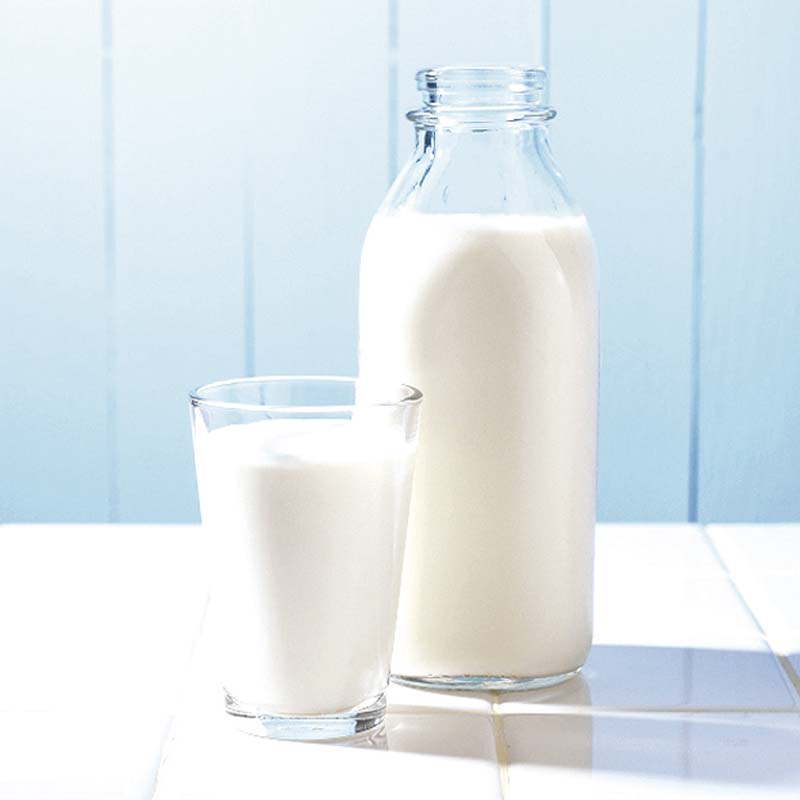
The evolution of dairy value chain in Pakistan can be compared to the adage of “kill the goose that lays golden eggs”, in which the goose met its untimely end due to unsatiated greed.
The same analogy can be drawn for the dairy industry in the country. As the packaged milk industry started to evolve through the strengthening of both backward and forward linkages, a myopic decision was taken to squeeze out taxes from the industry while sacrificing long-term economic and social benefits in the process.
The calculus is simple. Through the expansion of a formal dairy sector, and minimum pasteurisation rules, the whole dairy value chain can be formalised, having a dual-pronged effect of economic empowerment and better nutrition. Better livestock incomes would spill over into better farm incomes, and a more robust rural economy.
Technology-driven solutions, which were inconceivable only a decade ago, can now be used to scale up milk production while streamlining the supply chain.
The added benefit of financial inclusion through the formalisation of the dairy value chain would improve margins for the livestock owner, rather than enriching various agents in an extended value chain.
The choice for the policymakers is clear-cut, either extract a greater share of taxes from an ever-shrinking pie, or catalyse rapid expansion of the pie, which can have positive spillover effects across the largely vulnerable rural value chain. The presence of a zero-rated regime can catalyse the development of the dairy value chain once again. It is to be noted here that this isn’t any concession, but it is actually a tool through which a largely informal sector can develop through greater investment and participation of private sector.
A snowball effect of this would be lower wastage, higher yields and better quality of milk for consumption across the country, where malnutrition and stunting have emerged as serious issues. An overarching macroeconomic goal is to reduce the prevalence of cash in the economy, and increasingly move towards a more formal structure.
Currently, almost 90% of milk being produced and sold in the country is in the informal segment. It does not incur any sales tax, nor do the sellers pay the relevant income tax.
Read more: Buffalo milk export to boost Pakistan’s forex reserves
In such a scenario, the formal segment, which is exposed to multiple layers of regulations and taxation regimes, finds it difficult to compete with the informal segment. An implicit support to the informal segment is counter-intuitive to the government’s overarching mandate of expanding the tax net, and share of the formal economy.
Similarly, due to the informal nature of the segment, there is severe absence of scale and quality controls, due to which nutritional content suffers, and wastage is rampant.
A zero-rated tax regime with a razor sharp focus on rural development would incentivise investment in the dairy value chain, resulting in better nutritional content, greater scale, and more importantly a transition towards formal economy through digitisation of transactions. Another unintended consequence of development of the dairy value chain would be increased focus on value-added dairy products. Currently, due to the highly fragmented nature of the industry, lack of consistency in the quality of animal feed as well as lack of quality control, the milk produced is not suitable to develop value-added products at scale.
However, through a transition towards the formal segment, it will be possible to ensure establishment of certain pasteurisation and other standards, through which it will be possible to develop value-added products, which can then also be exported to regional and global markets.
In essence, the development of an export market for Pakistani dairy products is largely contingent on strengthening the dairy value chain, and that can only be done if the right incentives are in place.
If GDP growth rates in excess of 5% are to be achieved for an extended period of time, it is essential that due focus is given to the development of dairy value chain, which is a critical component of the agriculture sector of the economy.
It will not be possible to meet targeted growth rates without enabling rapid growth of the agriculture sector in general and livestock in particular.
The sector needs to be nurtured, and the pie needs to expand. If the existing taxation regime continues, the sector will not be able to contribute significantly to the overall macroeconomic growth, and may drag the growth rates lower.
A zero-rated regime ought to be the classic fiscal stimulus that the dairy sector requires, which can generate massive economic and social impact in the long run.
The writer is an independent macroeconomist
Published in The Express Tribune, June 7th, 2021.
Like Business on Facebook, follow @TribuneBiz on Twitter to stay informed and join in the conversation.





















COMMENTS
Comments are moderated and generally will be posted if they are on-topic and not abusive.
For more information, please see our Comments FAQ